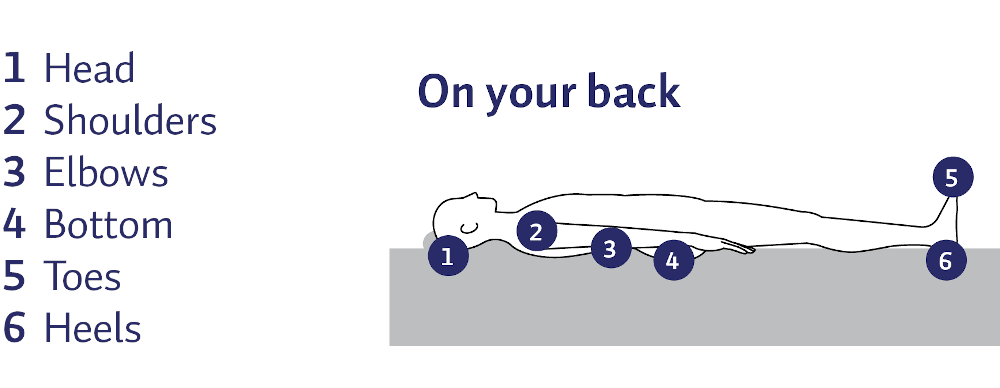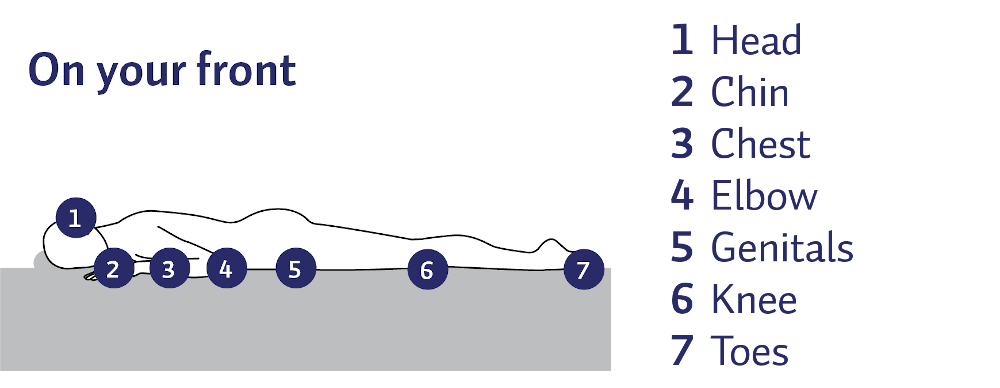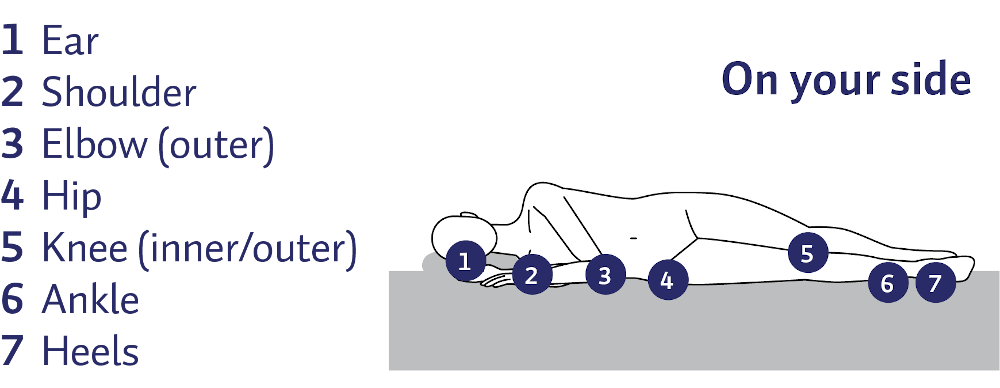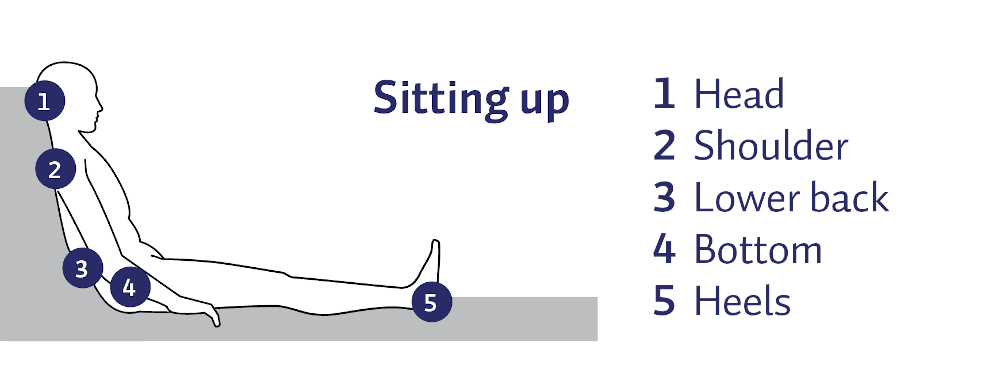Pressure Injury - Public Resources
You might know them as Bed Sores or Pressure Ulcers or Decubitus Ulcers - whatever you call them, they need treating.
Preventing pressure injuries
Thousands of New Zealanders get a pressure injury each year, even though research shows that most are preventable. When they happen, pressure injuries can have a significant impact on peoples' lives, and lead to long periods of bed rest and social isolation, and in the most severe cases, death. They can also have a significant impact on the health system.
What is a pressure injury?
When you stay in one position for too long, your skin and flesh can get damaged.
The damage can range from a blister to a deep open wound, which can be difficult to treat. If you get a pressure injury it might take months to recover.
Pressure injuries are also known as bedsores, pressure sores, pressure areas, or pressure ulcers. They can develop in a matter of hours.
What are the signs and symptoms of a pressure injury?
The first sign of a pressure injury is often a discoloured area that does not turn white when pressed.
- People with pale skin tend to get red patches
- People with dark skin tend to get purple or blue patches
You might feel discomfort or pain.
Who is at risk of pressure injuries?
Anyone can get pressure injuries, but they are most common for people who are sitting or lying for long periods, using a wheelchair, or using a piece of medical equipment that has contact with the skin.
You are more likely to get a pressure injury if you:
- sit or lie for long periods of time
- have damp skin from sweating or incontinence
- have loss of feeling or poor blood flow
- do not eat a balanced diet or stay hydrated
- regularly use medical equipment that touches your skin.
Which parts of your body are most at risk?
Pressure injuries normally happen where your body takes your weight and where your bones are close to the surface.




How can you prevent pressure injuries?
If you are in bed:
- change position every two or three hours, even a small shift in position can help
- use pillows to stop your knees and ankles touching each other, particularly when lying on your side
- try to avoid creases in your bed linen
- if sitting up in bed, be aware that sliding down can cause injury to your bottom and heels
- ask for help if you need it
If you are seated:
- relieve pressure by leaning forward or leaning side to side for a few minutes every half-hour
- if you can stand, stand for a few minutes
- if you can walk, go for a short walk
What else can you do?
- Eat a healthy diet and drink plenty of fluids
- Keep your skin clean and dry
- Ask your nurse/carer to help you with any incontinence/sweat
- Keep moving to relieve pressure
- Check for discolouration and soreness, including under and around medical equipment
Talk to your nurse, occupational therapist, physiotherapist, doctor or dietician, who can help you plan your care to prevent pressure injuries. Also, check out ACC's page on Helping Prevent Pressure Injuries here.
National Pressure Injury in Spinal Cord Injury
ACC has facilitated an expert panel to develop an evidence-informed pressure injury in spinal cord injury consensus statement, which has been endorsed by eight organisations. This is the agreed best practice for preventing, treating, and managing pressure injuries in people with spinal cord injury (SCI) in Aotearoa New Zealand.
There was a need for a consistent approach to pressure injuries in people with SCI due to the unique characteristics of this community which create specific risks around pressure injuries.
The aim is for people living with SCI and their whānau to use the consensus statement as an advocacy tool for the care they should be receiving. Also, it gives healthcare professionals (who aren’t specialised in pressure injuries or SCI) the ability and confidence to adopt best practice pressure injury prevention and management in their communities.
The next important phase of this work is to implement the consensus statement. Here, ACC will work with the health and disability sector to embed the consensus statement and effect system change. Through this process, the aim is to make a positive impact on the prevention and management of pressure injuries in individuals with SCI, particularly reaching ethnicities at higher risk of developing pressure injuries.
To view and/or download a copy of the National Pressure Injury in Spinal Cord Injury Consensus Statement, click here.
For more information about ACC’s Supporting Safer Treatment page, click here.
Learn more about the impact, prevention and treatment of pressure injuries in the videos below
Resources for people at risk
Preventing Pressure Injuries Posters
Preventing Pressure Injuries Leaflets
| Language | View Online | Printable |
| English | View / Download | |
| Arabic | View / Download | |
| Burmese ACC8146 | View / Download | |
| Hindi | View / Download | |
| Korean | View / Download | |
| Māori | View / Download | |
| Punjabi ACC8147 | View / Download | |
| Samoan | View / Download | |
| Simplified Chinese | View / Download | |
| Spanish | View / Download | |
| Tagalog | View / Download | |
| Tokelauan | View / Download | |
| Tongan | View / Download | |
| Traditional Chinese | View / Download | |
| Tuvaluan | View / Download |
Printed copies of resources can be ordered here: Click to Order
*Note: these resources are only available for shipment to New Zealand addresses. However the resources are available to download for you to print at home if you reside outside of New Zealand.
ACC Treatment Safety, Prevention Programmes page
Health Quality & Safety Commission Pressure Injury Prevention page
Health Quality & Safety Commission Patient Stories
ACC, the Health Quality & Safety Commission and the Ministry of Health are all committed to working together with the sector to reduce pressure injuries in New Zealand.

